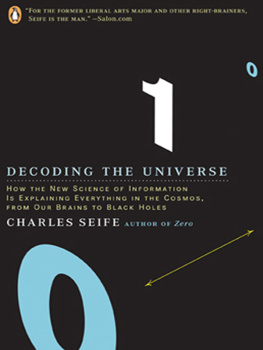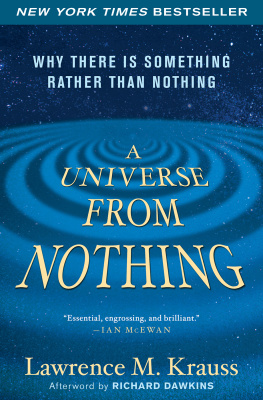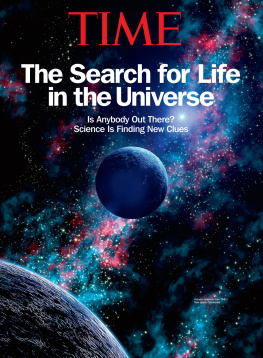TIME The Sh for Life in Our Universe
Here you can read online TIME The Sh for Life in Our Universe full text of the book (entire story) in english for free. Download pdf and epub, get meaning, cover and reviews about this ebook. year: 2016, genre: Romance novel. Description of the work, (preface) as well as reviews are available. Best literature library LitArk.com created for fans of good reading and offers a wide selection of genres:
Romance novel
Science fiction
Adventure
Detective
Science
History
Home and family
Prose
Art
Politics
Computer
Non-fiction
Religion
Business
Children
Humor
Choose a favorite category and find really read worthwhile books. Enjoy immersion in the world of imagination, feel the emotions of the characters or learn something new for yourself, make an fascinating discovery.
- Book:TIME The Sh for Life in Our Universe
- Author:
- Genre:
- Year:2016
- Rating:5 / 5
- Favourites:Add to favourites
- Your mark:
- 100
- 1
- 2
- 3
- 4
- 5
TIME The Sh for Life in Our Universe: summary, description and annotation
We offer to read an annotation, description, summary or preface (depends on what the author of the book "TIME The Sh for Life in Our Universe" wrote himself). If you haven't found the necessary information about the book — write in the comments, we will try to find it.
Unknown: author's other books
Who wrote TIME The Sh for Life in Our Universe? Find out the surname, the name of the author of the book and a list of all author's works by series.
TIME The Sh for Life in Our Universe — read online for free the complete book (whole text) full work
Below is the text of the book, divided by pages. System saving the place of the last page read, allows you to conveniently read the book "TIME The Sh for Life in Our Universe" online for free, without having to search again every time where you left off. Put a bookmark, and you can go to the page where you finished reading at any time.
Font size:
Interval:
Bookmark:
TIME
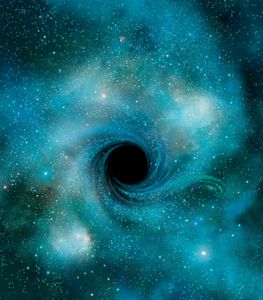
THE SEARCH FOR LIFE IN THE UNIVERSE
Contents
The search for other worlds is coming up roses
Astronomers use a bag of tricks to detect exoplanets
The search for extraterrestrial life could use a boost
Looking for aliens is just another day at the office
Powerful new telescopes are spilling cosmic secrets
Looking for life in our own solar system
Highlights from more than a half-century in space
Recognizing alien life-forms may not be easy
Do comets and meteorites seed the cosmos with life?
Life thrives in the most inhospitable places
If an ET arrives, will we roll out the welcome mat?
We use aliens to fill some very human needs
A cavalcade of space creatures, wacky to woeful
The existential bummer of finding nothing
Parts of this book were previously published in TIMEs New Space Discoveries and in TIME magazine .

THE GREAT CANARY TELESCOPE , which began scientific observations in 2009 in the Canary Islands, is the worlds largest single-mirror optical telescope.
Waiting for a sign
BY MICHAEL D. LEMONICK
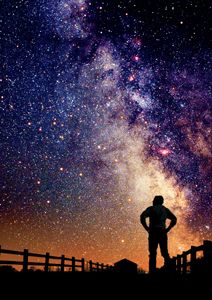
WHEN THE SUBJECT OF extraterrestrials comes up in polite conversation, any scientist whose lonely lifes work is listening for distant radio signals often has to deal with what Seth Shostak of the SETI Institute calls the giggle factor. And to be fair, amid a backdrop of The X-Files and The Twilight Zone and conspiracy nuts convinced the Air Force has aliens on ice in Area 51not to mention those who figure visitors from space must have built the pyramidseven learned men can begin to sound ridiculous. Besides, no one has heard or seen anything so far, have they?
Yet whether life exists on planets other than ours is a scientific and philosophical issue of real import, its pedigree far older than many realize. As early as the sixth century B.C., the Pythagoreansmathematically inclined philosophers (in other words, serious Greeks)thought the moon hosted lush plant and animal life. In the 15th century A.D., German astronomer Nicholas of Cusa suggested that many stars and parts of the heavens are inhabited. In 1600 the Italian Giordano Bruno was burned at the stake for, among other things, saying, The countless worlds in the universe are no worse and no less inhabited than our Earth. And astronomer William Herschel (1738 1822), discoverer of Uranus and inventor of many modern astronomy techniques, believed that the moon, Mars and even the sun were home to sentient beings.
Sure, even smart people can be very wrong. Still, by the late 1800s, the notion that other planets in our solar system were home to life of one sort or another was more or less mainstream, egged on by Giovanni Schiaparelli, an Italian astronomer who uncovered what seemed to be visual confirmation. Peering through his telescope at Mars, he made out ruts that crisscrossed the planet. Canali, he called themchannelswhich he incautiously interpreted to be waterways dug by Martians to support their agriculture.
Soon after, Boston aristocrat Percival Lowell sank much of his wealth into building a private observatory in Arizona. He saw the canals too, and because of his man-of-letters reputationnot only did he go to Harvard, his brother was its presidenthis findings were trumpeted as fact.
They werent, of course. The canals were an optical illusion, the result of too much squinting through a too-weak telescope. And in the aftermath of Lowells public humiliation, all talk of alien life was avoided by the scientific community for decades, consigned to fiction writers such as H.G. Wells and Edgar Rice Burroughs.
The rationally curious couldnt stay gun-shy forever, though. For many, the idea that life is unique to a single location in a universe billions of light-years wide seemed just too far-fetched. And in 1959, in a paper published in Nature , the Cornell University physicists Philip Morrison and Giuseppe Cocconi argued that near some star rather like the sun there are civilizations with scientific interests and with technical possibilities much greater than those now available to us. It would be foolish not to search for the inevitable signals of these civilizations. The probability of success is difficult to estimate, they wrote, but if we never search, the chance of success is zero.
Search parties were quick to convene. From the start, scientists were resigned to the fact that advanced alien civilizations, if they existed, would be the rarest form of life in the cosmos. Evolution, the thinking went, doesnt necessarily progress in a particular direction. Single-celled organisms are almost certainly the first step, but what happens after could vary wildly, depending on local conditions. On Earth, it took some 2 billion years for single cells to evolve into multicellular organisms. On another world, it might take much longer, or it might not happen at all. On Earth, mammals began to flourish only after the dinosaurs were wiped out by an asteroid. But had that asteroid scooted by our planet instead of smashing into it, giant lizards might still be dominating the land.
So astrobiologists are thinking small, figuring the first extraterrestrial life they find will be simple, bacteria-like organisms, just because theyre likely to be the most common specimens. Maybe theyll be in the soil of Mars or the subsurface oceans of the moons Europa (Jupiter), Enceladus (Saturn) or Ganymede (Jupiter). Maybe well know them only by their waste gases circulating in the atmosphere of a distant exoplanet.
Then again, maybe an ET radio signal or laser beam is even now racing toward us at light speed. So dont be surprised if the millennia-old question of whether were alone is resolved in the next decade or two by a new army of telescopes, probes and rovers. Unless, of course, it is answered with an electromagnetic ping the day after tomorrow.
Triumph of the Planet Hunters
Recent discoveries suggest that our galaxy contains billions of Earth-size worlds. Now astronomers are narrowing the searchfor planets that most closely resemble ours in the particular ways that support life
BY MICHAEL D. LEMONICK

BESIDE A MODEL of the Kepler spacecraft at NASAs Ames Research Center, William Borucki, the missions chief scientist, lectures on the space observatory, which orbits the sun in search of distant Earth-like planets.
LOOK UP ON A CLEAR, MOONLESS night, far from city lights, and you can see thousands of stars twinkling in the dark vault of the sky. Astronomers, of course, will assure you that the stars arent really twinkling. Rather, its an illusion caused by the shimmering of Earths atmosphere, something like the rippling air you see coming off the hood of a car on a hot summer day.
In fact, many stars are twinkling, if only in a way that a clear-eyed telescope orbiting high above the atmosphere can make out. More precisely, the stars are winking at us, dimming just a bit on a schedule as precise as clockwork. Others are wobbling in place, moving toward us and away, then back again with the same sort of rhythm.
The explanation for all this winking and wobbling is that most stars arent drifting through the Milky Way in solitude. Theyre accompanied by planets, just as the sun is; those winks and wobbles are proof of that. When a planet passes precisely in front of its star from Earths point of view, the star dims subtly. Even when things arent lined up quite so perfectly, the planets gravity tugs the star to and fro as it orbits, causing measurable changes in starlight.
Next pageFont size:
Interval:
Bookmark:
Similar books «TIME The Sh for Life in Our Universe»
Look at similar books to TIME The Sh for Life in Our Universe. We have selected literature similar in name and meaning in the hope of providing readers with more options to find new, interesting, not yet read works.
Discussion, reviews of the book TIME The Sh for Life in Our Universe and just readers' own opinions. Leave your comments, write what you think about the work, its meaning or the main characters. Specify what exactly you liked and what you didn't like, and why you think so.






